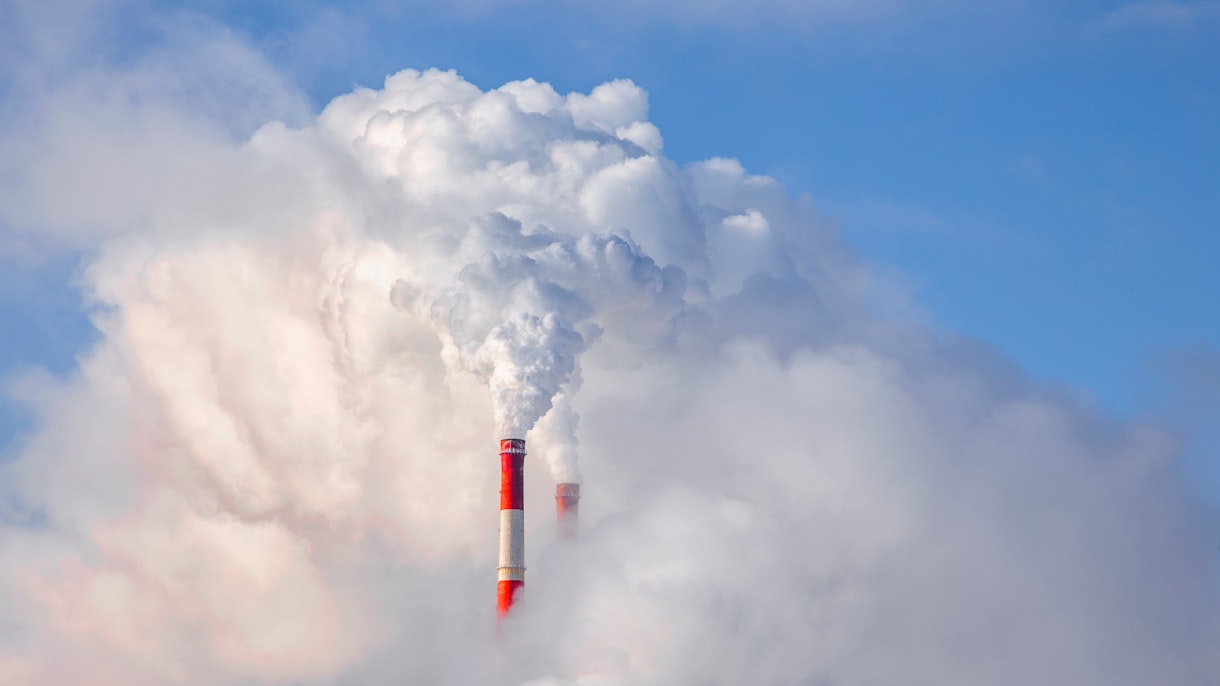Photo credit: IEA
Global investment in clean energy generation decreased carbon dioxide (CO2) emissions to 410 million tonnes, or 1.1%, in 2023 – compared with a rise of 490 million tonnes the year before – taking them to a record level of 37.4 billion tonnes.
The new findings come from the International Energy Agency (IEA)’s annual update on global energy-related CO2 emissions – and the inaugural edition of a new series, the Clean Energy Market Monitor, which provides timely tracking of clean energy deployment for a select group of technologies and outlines the implications for global energy markets more broadly.
IEA Executive Director Fatih Birol, said that the fall in the CO2 emissions in 2023 was driven with continued expansion of solar PV, wind, nuclear power and electric cars helping the world avoid greater use of fossil fuels.
” Without clean energy technologies, the global increase in CO2 emissions in the last five years would have been three times larger,” said IEA.
Said the report: ” An exceptional shortfall in hydropower due to extreme droughts – in China, the United States and several other economies – resulted in over 40% of the rise in emissions in 2023 as countries turned largely to fossil fuel alternatives to plug the gap.
Had it not been for the unusually low hydropower output, global CO2 emissions from electricity generation would have declined last year, making the overall rise in energy-related emissions significantly smaller.”
It further said that advanced economies saw a record fall in their CO2 emissions in 2023 even as their GDP grew. Their emissions dropped to a 50-year low while coal demand fell back to levels not seen since the early 1900s.

